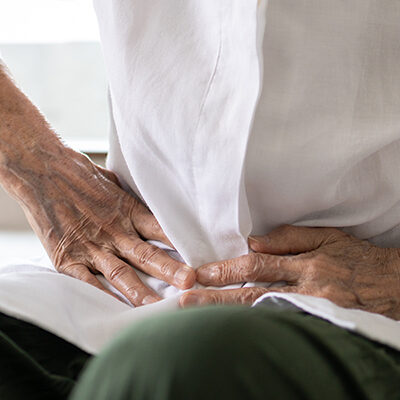Tai Chi
Falls are a significant cause of morbidity and mortality, especially in the older adult population. Over 85% of patients treated at Stormont Vail Health from a fall injury are 55 years and older. These falls also have a significant financial impact. According to CDC.gov, the estimated medical cost for older adult falls in Kansas in 2014 was $338,000,000.
Exercise routines that include resistance training (weight lifting) help build muscle and strengthen bones, tendons, and ligaments. In addition to strengthening our musculoskeletal system, resistance training helps improve balance and makes us less susceptible to falls. While there are several benefits that accompany resistance training, going to the gym can be intimidating and building a gym at home is expensive and requires open space. One activity that has demonstrated several health benefits, including strengthening the musculoskeletal system and improving balance is Tai Chi.
Tai Chi has its roots in martial arts and integrates aspects of eastern philosophies such as a focus on the breath and mindfulness. The slow, fluid movements of Tai Chi develop power and strength in the body and a sharp focus of the mind. While from the outside, Tai Chi appears to be simple movements, practicing the form can be mentally and physically intense.
A significant contributor to falls is the fear of falling. With regular practice, Tai Chi not only improves muscle strength and coordination, it also develops a calmness and confidence in the mind. Through movement control, an intentional focus on weight transference and integration of body and mind, regular Tai Chi practice is a cost efficient and effective method to prevent falls as well as reduce the burden of other chronic diseases.
When practicing Tai Chi, there are a few key things to remember:
Tai Chi is a Skill
It is important to adopt a curious, childlike mind while learning and practicing Tai Chi. When first attempting to walk, babies do not give up or judge their progress (or lack of progress). They learn from previous attempts, get up, try again and continue this process until they get it. When learning Tai Chi, do not judge your progress, just learn from your experiences, ask yourself how you can do better, and enjoy the process.
The Benefits of Tai Chi is in the Details
Similar to sports such as dancing, ice skating and even boxing where aesthetics of movement are part of competition, details become increasingly important the more proficient one is in his or her movement abilities. The benefits of the Tai Chi for Fall Prevention form are greater when there is a focus on details such as shifting weight and foot placement. Consistency of these details in practice develops muscle memory, so when moving through day-to-day activities, we do not need to think to move effectively as it becomes a part of who we are and what we do.
Tai Chi and Training the Mind
While there is evidence demonstrating the effectiveness of Tai Chi in improving physical health, Tai Chi is also effective at improving one’s mental health as well. A key aspect of Tai Chi is connecting movements to our breath. For beginners, this can be difficult when focusing on the movements. We may even find that we begin to hold our breath as we become proficient with the movements. This is ok and should be expected, but as we become more comfortable with the movements, we will want to start focusing more on integrating slow, deep rhythmic breaths that correspond with the movements. The ultimate goal in our Tai Chi practice is to lose ourselves in the movement and maintain our natural rhythmic breathing pattern, simply experiencing the practice of Tai chi, getting out of our minds and into our bodies.




